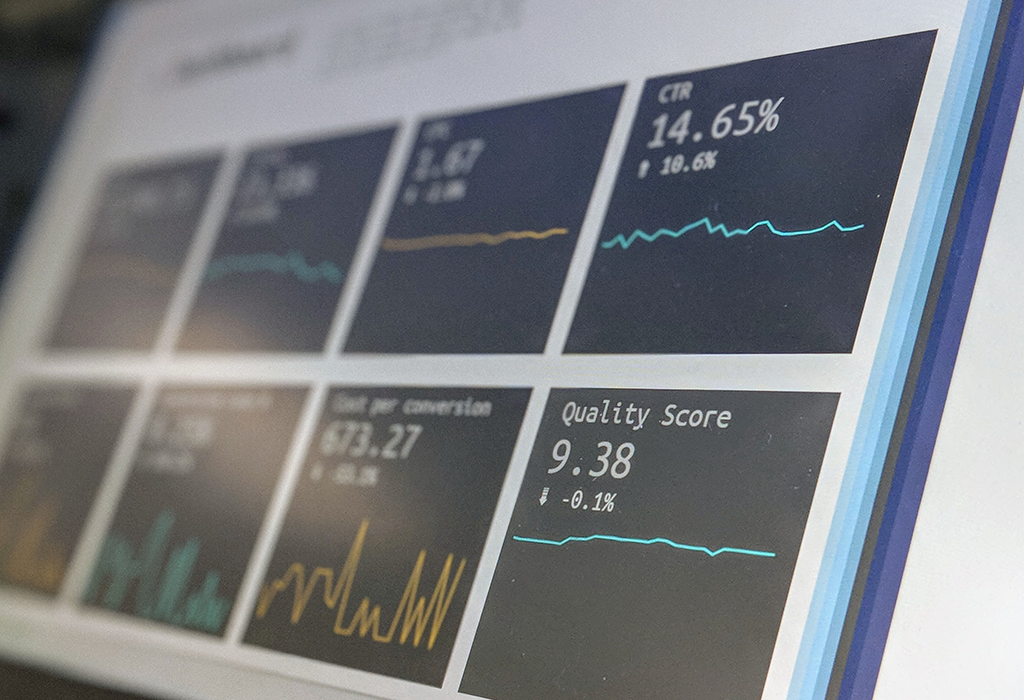It’s important to measure and track the right metrics for your Facebook ads if you want to know how effective they are and make smart decisions about how to improve them. By keeping an eye on your key performance indicators (KPIs) and comparing them to your advertising goals, you can find places where your ads could be better and change them to get better results. In this outline, we’ll talk about how to find the right metrics to track, how to set up tracking for your Facebook ads, how to measure how well your ads work, and how to improve your campaigns based on the data you get from your metrics.
Table of Contents
Figuring Out The Right KPIs To Track
Before you start keeping track of any metrics, you should think about what you want to achieve with your advertising. What do you want your Facebook ads to do? Do you want more people to visit your website, more leads, or more people to know about your brand? Once you know what your goals are, you can choose metrics that help you reach them. Reach, engagement, clicks, conversions, and cost per action are some common metrics to think about (CPA).
After you know what your advertising goals are, you need to know what your key performance indicators are (KPIs). These are the most important metrics to keep track of, and the exact ones will depend on your goals. For example, if your goal is to get more people to visit your website, you might use clicks and visits to your website as KPIs. If your goal is to get leads, your key performance indicators (KPIs) might be lead generation and cost per lead (CPL).
Make sure Your Facebook Ads Can Be Tracked
The Facebook Ads Manager is a great way to keep track of how well your ads are doing. It gives a number of different metrics, such as reach, impressions, clicks, and conversions. You can use the Ads Manager to keep track of how well your ads, ad sets, and advertising campaigns as a whole are doing.
You can find out more about how your ads are doing by using conversion tracking and event tracking in addition to tracking metrics in the Ads Manager. Conversion tracking lets you keep track of what users do on your website, like buy something or sign up for a newsletter. Event tracking lets you keep track of what people do on your website or Facebook app, like clicking a button or watching a video.
If your Facebook ads send people to your website, you can also use Google Analytics to track things like page views, time on site, and bounce rate. This can help you get a more complete picture of how your ads are doing and how people are using your website.
Using Data To Make Your Facebook Ads Work Better
Once you’ve figured out how well your Facebook ads are doing, you can use the data you’ve collected to find places where you can improve and make changes to your campaigns. This could mean trying out different ad ideas, ways to reach the right people, or bidding strategies to see what works best.
It’s important to keep an eye on your metrics and change your ads based on the information you see. This will help you improve your campaigns over time and get better results.

Conclusion
In conclusion, it’s important to measure and track the right metrics for your Facebook ads if you want to know how effective they are and make smart decisions about how to improve them. By following the steps in this guide, you’ll be able to find the right metrics to track, set up tracking for your ads, measure how well they work, and tweak your campaigns based on what you learn from the metrics. You can get better results from your ads and reach your advertising goals if you keep an eye on them and change them based on data from metrics.
Free Facebook Ads Campaign Audit
For a limited time we are offering free campaign audits. We will give you actionable advice that will increase your return on ad spend. All completely free, no strings attached.
Free Facebook Ads Campaign Audit
